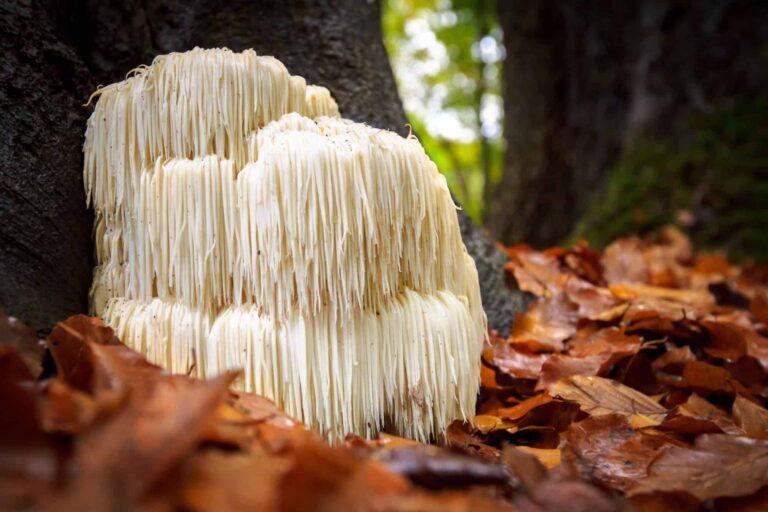Kava: The Pacific Elixir
For centuries, the Pacific Islands have been cultivating the sacred root of Piper methysticum, better known as Kava. This revered beverage, prepared from the ground root, holds cultural significance in ceremonies and social gatherings. Beyond its cultural roots, Kava has gained attention for its potential therapeutic effects, notably its ability to induce relaxation without impairing cognitive function.
Kava Benefits:
- Relaxation and Stress Reduction: Kava is renowned for its anxiolytic properties, offering a natural alternative for those seeking relaxation without the sedation associated with certain pharmaceuticals.
- Improved Sleep: Some enthusiasts claim that Kava can promote a restful night’s sleep, making it a go-to for those grappling with insomnia or occasional sleep disturbances.
Considerations:
- Hepatotoxicity Concerns: Prolonged and excessive consumption of Kava has been associated with hepatotoxicity, prompting some countries to impose restrictions on its sale. It’s essential to exercise moderation and, if in doubt, consult with healthcare professionals.
Kratom: The Leaf of Balance
Hailing from the dense forests of Southeast Asia, Mitragyna speciosa, or Kratom, has been utilized for its diverse properties. Traditionally brewed into tea or consumed in powder form, Kratom has captured global attention for its potential analgesic and mood-enhancing effects.
Kratom Benefits:
- Pain Relief: Kratom’s alkaloids, particularly mitragynine and 7-hydroxymitragynine, interact with receptors in the body, potentially providing relief from discomfort.
- Mood Elevation: Kratom is reported to induce a sense of well-being and mild euphoria, making it popular among individuals seeking an uplift in mood.
Considerations:
- Addiction Potential: Regular and excessive use of Kratom may lead to dependence and withdrawal symptoms. It’s crucial to use it responsibly and be mindful of one’s consumption.
- Lack of Regulation: The regulatory status of Kratom varies globally, with some regions imposing bans or restrictions due to concerns about its safety and potential for misuse.
Balancing Act: Benefits and Risks
While Kava and Kratom offer intriguing benefits, it’s imperative to approach their consumption with a balanced perspective. Both herbs interact with the body in unique ways, and individual responses can vary significantly. Here are some overarching considerations:
- Dosage Matters: Whether you’re sipping Kava or enjoying Kratom tea, moderation is key. Start with lower doses to gauge your individual response and adjust as needed.
- Mindful Consumption: Be aware of the potential for dependency and carefully assess your reasons for using these herbs. If you’re grappling with health concerns, consult with a healthcare professional before incorporating Kava or Kratom into your routine.
- Quality and Source: Opt for high-quality products from reputable sources. Contaminants and impurities can compromise the safety and efficacy of Kava and Kratom.
- Individual Variability: Recognize that individuals may react differently to these herbs. Factors such as body weight, metabolism, and overall health can influence the way these substances interact with your system.
Conclusion: A Journey of Awareness
As we conclude our exploration of Kava and Kratom, let us embrace the spirit of awareness and responsibility. These botanical wonders offer a fascinating lens through which we can explore cultural traditions, natural remedies, and the delicate dance between benefits and risks.
Before embarking on your journey with Kava and Kratom, arm yourself with knowledge, respect the cultural contexts from which these herbs emerge, and listen attentively to your body’s responses. By treading mindfully and fostering a deeper understanding, you can unlock the potential benefits while navigating the nuanced landscapes of Kava and Kratom with grace and wisdom.
